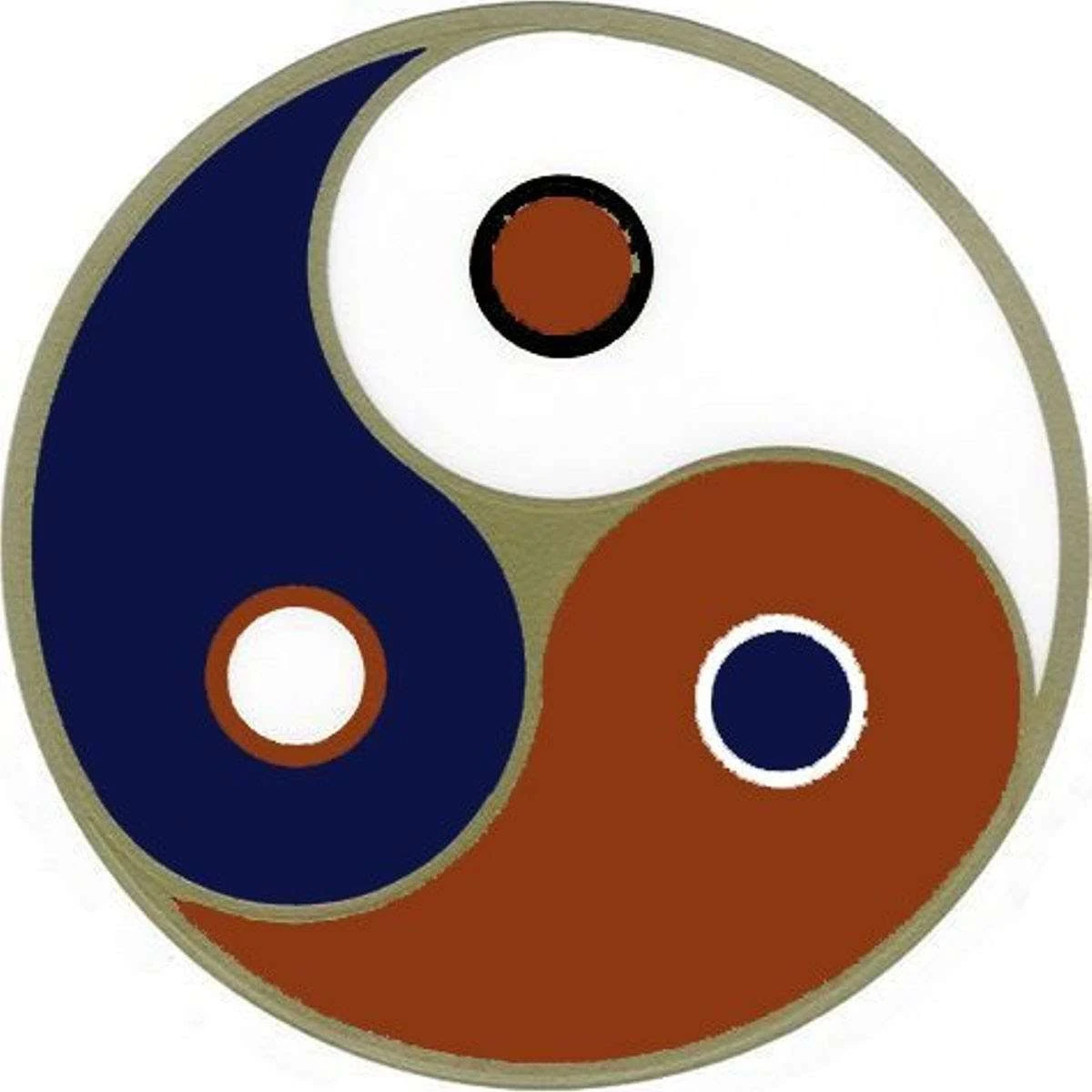Just like the Christian prayers ends by mentioning the Holy Trinity (the Father, the Son and the Holy Spirit), traditional Gikuyu prayers were no different.
According to Gikuyu Centre for Cultural Studies (GCCS) that documents matters partaining to Kikuyu traditional culture, Kikuyu prayers also had what the centre terms as 'Gikuyu Trinity' which had a deep symbolical meaning.
"We should, therefore, end our prayers, Na rĪtwa rīa Awa, na rīa Ma-iitū na rīa Mwene Nyaga, Thai, Thathaiya Ngai Thai!,” (In the Name of our Father, our Mother and our God, let the Peace Infinite prevail!)," GCCS documents.
But what really informed this so-called 'Gikuyu Trinity' you ask?
Well, just like every nation in the world has what we term as 'national colours' mostly represented in the country's national flag, this Gikuyu Trinity was also based on three essential colours that basically represented the Gīkūyū pre-colonial nation and how they related with one another.
Below we focus on the three definitive Gīkūyū traditional colours; White, Ochre (Deep Brown) and deep Blue, which were mostly embedded on the Gikuyu circumcision shield (Ndome) and what each of them stood for.
 |
| The essential colours of the Gīkūyū Trinity showing their interrelationship. |
1. White
The white colour always formed the ground of the shield upon which the Ochre and the deep Blue were laid. White represented the life force, or the white patch on the peak of Kirinyaga mountain (Mt Kenya) where 'Mwene Nyaga', the God of the Gīkūyū, was believed to reside.
2. Ochre/Dark Brown
Today, this colour is well represented in the modern traditional Kikuyu dress. Ochre basically represented the beloved soil/earth which in turn represented the Gīkūyū essential feminine, Mūmbi, the attractive force and partner of the masculine, Gīkūyū.
3. Blue
Blue, in a nutshell, represented the Gikuyu man. But why blue?
"If we understand that the man is the inverse to the woman then, of course, the inverted dome of the sky covering her is the man! He fertilizes the woman by raining on her. This solved the enigma of the puzzling blue that was on the Ndome shield side by side with the Ochre," GCCS writes.
To sum it up to the cultural centre notes, "Gīkūyū colours can be summarized as a trinity drawn like the duality of Chinese Yin, and Yang (refer to the image above). It is a powerful trinity and the Gīkūyū people seem to have intertwined their philosophy with their colour theory so well."

